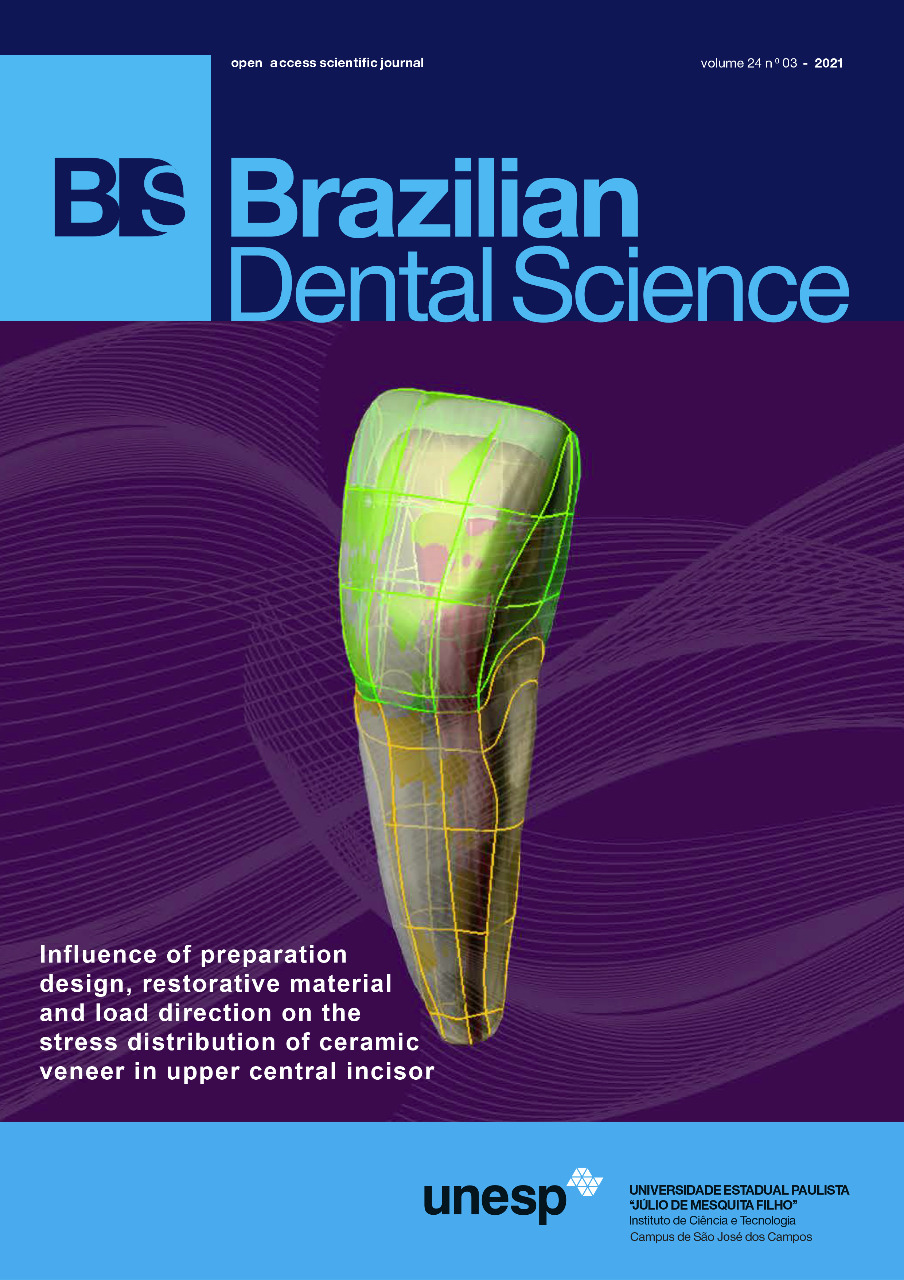Current perspectives of 3d printing in dental applications
DOI:
https://doi.org/10.14295/bds.2021.v24i3.2481Abstract
Objective: To evaluate the applications of 3d printing /additive manufacturing (AM) in dental education & clinical dentistry and elaborate various 3d printing technologies, its benefits, limitations and future scope. Methods: Research papers on the application of 3d printing in dentistry were searched in Scopus and Pubmed and studied using bibliometric analysis. This review briefly describes various types of 3d printing technologies with their accuracy, use of different materials for 3d printing and their respective dental applications. It also discusses various steps used to create 3D printed dental model using this technology. Furthermore, the application of this technology in dental education and various clinical procedures are discussed. Results: 3d printing is an innovative technology making a paradigm shift towards treatment customization. It helps in customized production of dental implants, surgical guides, anatomic models etc. using computer-aided design (CAD) data. This technology coupled with state-of-the-art imaging techniques and CAD software has enabled, especially oral surgeons to precisely plan and execute complex surgeries with relative ease, high accuracy and lesser time. 3d printing is also being utilized in other disciplines of dentistry to prepare aligners, crown and bridge, endodontic guides, periodontal surgery guides, surgical models for treatment planning and patient education. Alongside its possibilities have also been explored in preclinical skills in operative, endodontics etc.
KEYWORDS
3D printing; Additive manufacturing; Dental applications of 3d printing.
Downloads
Downloads
Published
How to Cite
Issue
Section
License
Brazilian Dental Science uses the Creative Commons (CC-BY 4.0) license, thus preserving the integrity of articles in an open access environment. The journal allows the author to retain publishing rights without restrictions.
=================




























